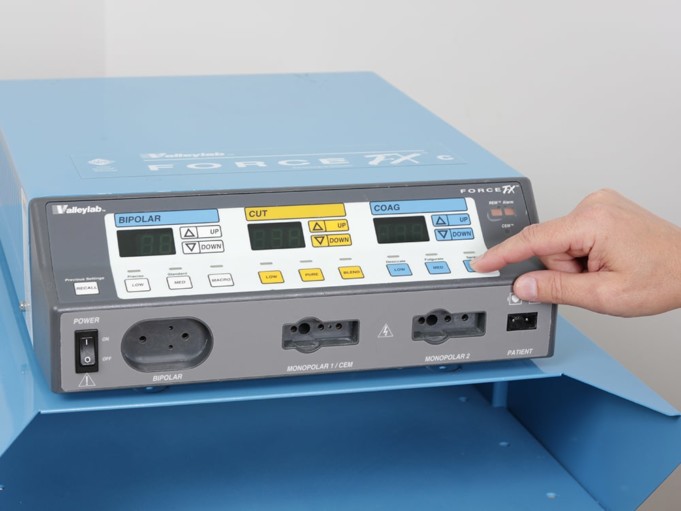Since its development in the 1920s, electrosurgical procedures have evolved magnificently to provide an array of benefits in the operating theatre.
By applying a high-frequency electrical current to heat the tissue, surgeons can swap their scalpels for advanced tools that allow precise cuts while preventing excess blood loss.
Today, electrosurgery equipment remains a common staple in hospital operating theatres and outpatient rooms. But what different types are available, and what are the main modes of operation?
By forging a comprehensive understanding of the nuances of electrosurgery and the corresponding equipment, one can ensure they choose the right surgical units for a range of different procedures.
Types of equipment
To begin with, it helps to understand the three main types of equipment, and how they differ from one another in terms of energy sources.
- Radiofrequency surgical units: Otherwise referred to as ‘high-frequency surgical units’, this equipment is applicable to many types of surgery, including those associated with dermatology, gynaecology, cardiology, cosmetic, ocular, spinal, ear nose and throat, orthopedic, urology, neurology and some dental procedures. Herein, a handheld device transforms the mains current into a high-frequency current, therefore generating thermal energy to cause instantaneous cell death and break through the tissue.
- Ultrasound surgical units: These surgical units consist of ultrasonic handpieces connected to an ultrasonic wave generator. The production of ultrasound waves works to break the hydrogen bonds of the cells, thus promoting haemostasis and coagulation of soft tissues.
- Molecular resonance surgical units: As indicated by the name, these surgical units allow the modification of tissue on a molecular level rather than as a result of thermal energy. This makes molecular resonance equipment ideal for highly delicate applications: the tissue is dissolved in a highly controlled manner, whereby the surrounding tissue receives minimal subsequent effects.
Techniques
Electrosurgery allows for different ways to penetrate tissue, namely: cutting, coagulation, desiccation or fulguration.
Electrosurgical techniques can be divided into two types.
- Monopolar technique: As the most commonly used option when it comes to electrosurgery, monopolar techniques involve the transmission of high-frequency currents to apply a high concentration of energy on one target area. As such, this technique is generally used for desiccating large tissue masses. A return electrode pad is attached to the patient in order to receive the energy that has passed through their body, thus safely closing the electrical circuit. Inasmuch, this technique is contraindicative for patients with pacemakers or metal implants.
- Bipolar technique: The key difference between monopolar and bipolar techniques is that the high-frequency current does not flow through the patient’s body in the latter option. Instead, bipolar forceps allow the current to flow directly from one tip to the other, making it an ideal method for areas where both sides of the tissue can be easily accessed. Given the nature of this health technique, there is little risk of burning or electrocution – a disadvantage that comes with monopolar electrosurgery.
In essence, monopolar techniques allow for pure and haemostasis cutting, as well as gentle, forced or fulguration coagulation. Conversely, bipolar techniques are restricted to cuts and coagulation.












